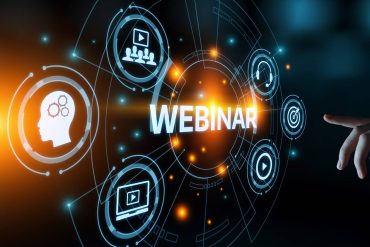
Ensuring the Trustworthiness of Seismic Response Data During Emergencies –
How Instrument Selection Impacts Real-Time Decision-Making
Featuring Dr. Khalid Saifullah, Kinemetrics, Inc.
Accurate measurements are critical in determining the impact of ground motion on buildings and other infrastructure, and underpin critical key indicators, such as interstory drift, of the seismic performance of buildings.
Building codes and design guidelines identify limits on parameters based on historical data from instrumented buildings and experimental evaluation in laboratories, but the real-time information available to engineers, decision makers, and emergency responders is only as reliable as the system providing the information.
In short, engineers and other emergency decision makers can only make informed, responsible decisions during earthquakes when building motion is accurately measured.
In this informative webinar and Q&A session, Dr. Khalid Saifullah will review important factors impacting the use and applicability of different kinds of seismic instrumentation under different scenarios. Data quality, reliability, and operational considerations will be evaluated.
Dr. Saifullah will also describe the testing procedures and results from a comparative study of accelerometers in a controlled environment designed to represent real-world conditions.
This session is a must for structural engineers, and anyone involved with the decision-making processes associated with post-earthquake assessments.
